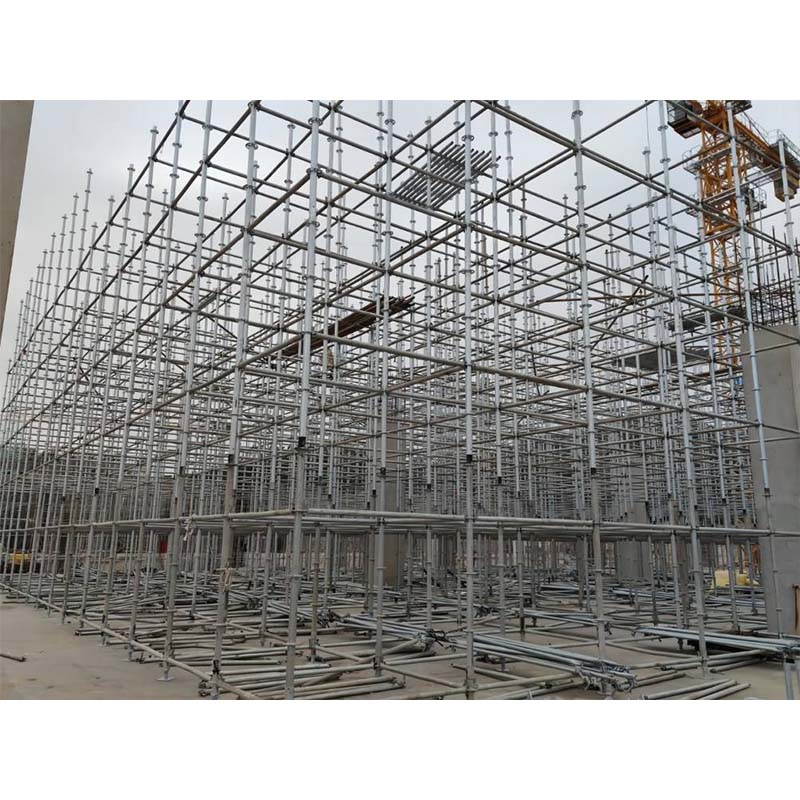Samh . 20, 2024 09:31 Back to list
climbing formwork for core wall exporter
Climbing Formwork for Core Wall A Comprehensive Overview
In the modern construction landscape, efficiency and safety are paramount. One innovative solution that has gained traction in the realm of high-rise building projects is the use of climbing formwork, particularly for core walls. This method not only enhances the construction process but also ensures the structural integrity and aesthetic appeal of towering edifices. As the demand for high-strength and durable construction materials grows, so does the need for advanced formwork systems capable of addressing the unique challenges posed by core wall construction.
What is Climbing Formwork?
Climbing formwork is a specialized system designed for vertical concrete structures, particularly cores of high-rise buildings. This formwork system is attached to the structure itself, allowing it to climb upwards as construction progresses. The climbing mechanism can be hydraulic or mechanical, providing a self-supporting formwork solution that reduces the need for external scaffolding. This significantly enhances safety and efficiency on site, ensuring that workers can operate at multiple elevations without the hazards associated with traditional scaffolding systems.
Advantages of Climbing Formwork for Core Walls
1. Improved Safety One of the most significant benefits of climbing formwork is its ability to enhance safety for construction workers. By eliminating the need for extensive scaffolding, the risk of falls and accidents is significantly reduced. Workers can focus on their tasks at hand while relying on a secure and stable formwork system.
2. Increased Efficiency Climbing formwork systems allow for rapid construction progression. Once the formwork is in place, it can be reused for subsequent pours, minimizing downtime and maximizing productivity. This expedited process is critical in high-pressure environments where time is of the essence.
3. Enhanced Quality of Work Given that climbing formwork is precisely engineered, it allows for superior precision in concrete placement. This results in high-quality finishes and structural integrity, essential for the core walls that support the majority of a building's load.
4. Versatility Climbing formwork can be adapted for various project requirements, including different heights and shapes. This flexibility enables architects and engineers to innovate without being constrained by traditional formwork limitations.
climbing formwork for core wall exporter

5. Cost-Effectiveness Although the initial investment in climbing formwork may be higher than traditional systems, the long-term savings in labor, materials, and reduced construction time often outweigh these costs. Additionally, the minimal need for additional scaffolding or support structures leads to a more streamlined budget.
Applications in High-Rise Projects
Climbing formwork is particularly well-suited for constructing core walls, which play a crucial role in the overall stability of high-rise buildings. The core wall typically houses elevators, staircases, and utilities, making it essential for both functional and structural purposes. As buildings continue to reach greater heights, the effectiveness of climbing formwork in addressing construction and safety challenges becomes increasingly apparent.
Many iconic skyscrapers around the world have utilized climbing formwork systems to ensure efficient and safe construction. For example, skyscrapers featuring complex geometries and requirements have benefited from the adaptability that climbing formwork provides, allowing contractors to meet ambitious design specifications without compromising on safety or construction timelines.
The Future of Climbing Formwork
As the construction industry continually evolves, so does the technology behind formwork systems. The push for more sustainable practices in construction has led to innovations in climbing formwork, such as systems designed with recyclable materials or enhanced features that utilize renewable energy sources.
Moreover, the increasing integration of digital technologies, including Building Information Modeling (BIM), will further refine the planning and execution of complex projects. The synergy of climbing formwork with these advanced technologies promises to enrich the construction process, ensuring that projects are not just completed faster, but also with higher quality and precision.
Conclusion
In summary, climbing formwork for core walls is a transformative solution that addresses the growing needs of the construction industry. Its numerous benefits—from enhanced safety to improved efficiency and quality—make it an indispensable tool for modern high-rise construction. As advancements continue, the future looks bright for climbing formwork, promising even greater innovations that will shape the skylines of cities around the world. As the architectural landscape evolves, embracing cutting-edge technologies will undoubtedly be the key to achieving new heights in construction excellence.
-
Adjustable Heavy Duty Props for Slab Formwork - Strong & Safe Support
NewsAug.22,2025
-
Formwork Spring Clamp Factories: Quality & Bulk Supply
NewsAug.21,2025
-
Premium Ringlock Scaffolding | China Manufacturer & Supplier
NewsAug.19,2025
-
Efficient Table Formwork for Fast Slab Construction & Reusability
NewsAug.18,2025
-
Timber Beam H20 Formwork & Shuttering - Durable & Reliable
NewsAug.17,2025
-
Timber Beam H20: Premium Formwork & Shuttering Solutions
NewsAug.16,2025